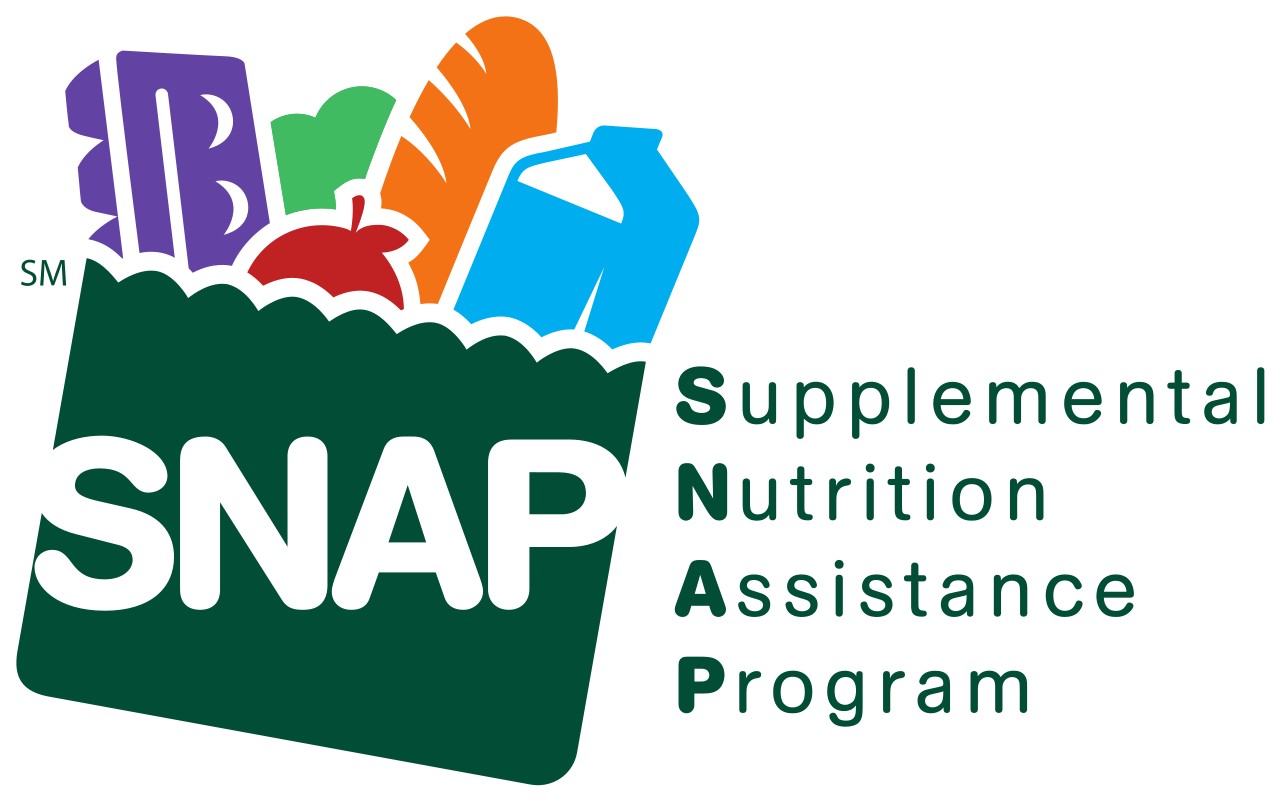Michigan State SNAP Facts[1]:
- Approximately 1 in 9 individuals relies on SNAP as their main source for nutrition.
- More than 62% of SNAP participants are families with children.
- Almost 39% of participating SNAP families include members who are elderly or have disabilities.
- More than 46% are in working families.
- Statistics in Michigan are very similar to national SNAP participant statistics.
- In Oakland County, approximately 8% of residents rely on SNAP (approximately 100,500 individuals).
- The average monthly SNAP allocation in Michigan is $4.20 a day and the average SNAP benefit per person per meal is $1.37.
Do you want to be the voice of those who are not often heard?
Educate yourself first and then write/call/email your legislators about your concerns. You can visit the following websites for information, bills and statistics that can help you raise awareness about the reality of food shortages of 37 million people in the United States who suffer from hunger and are nutritionally-challenged because of the cost of food.
- Feeding America (formerly America’s Second Harvest) www.feedingamerica.org
- FRAC (Food Research and Action Center) www.frac.org
- MAZON A Jewish Response to Hunger www.mazon.org
- Food Bank Council of Michigan www.fbcmich.org
NUTRITION IN THE CHARITABLE FOOD SYSTEM AND THE FRESH MARKET PROGRAM
Throughout the country, there have been several studies in recent years about efforts to increase nutrition in the charitable food system. Many reports and efforts have been initiated. Yad Ezra is staying at the fore of this issue and has embarked on a partnership program with Gleaners Food Bank to to provide more produce and dairy items more often to more client families on a weekly basis.
Gleaners will provide Yad Ezra additional produce and fresh milk at no charge. Yad Ezra will purchase additional fresh food to supplement these weekly distributions as needed. Clients will be able to come during this additional weekly servicing session, along with their normal visit to Yad Ezra when they will still make their grocery choices from the approximately 50 items typically distributed by Yad Ezra.
If you are interested in more information about the Fresh Market program, please call or contact our office.
CHILD NUTRITION REAUTHORIZATION PRIORITIES 2016
Improving Child Nutrition and Education Act of 2016
PREVALANCE AND IMPACT OF CHILD HUNGER IN THE UNITED STATES
Households with children are far more likely to be food insecure (20 percent) than households without children (12 percent). Nearly 16 million American children are at risk of hunger nationwide. While hunger affects people of all ages, it is particularly harmful for children, for whom the repercussions of poor nutrition and hunger are more severe. The consequences of child hunger are broad and long-lasting. Food insecure children are more likely to experience:
- Learning and academic difficulties, reduced concentration, and lower test scores;
- School absenteeism and tardiness, making them 1.4 times more likely to repeat a grade;
- Poorer general health and one-third greater likelihood of a history of hospitalization.
Child Nutrition Reauthorization Policy Recommendations:
- Strengthen States’ Ability to Reach Kids During the Summer
- Streamline Regulations for Community Based Providers
- Allow Flexibility to Better Reach Kids During Weekends
- Leverage Schools Beyond the School Day
- Strengthen Access and Quality in School Meal Programs and WIC
- Oppose any effort to block grant any child nutrition programs

